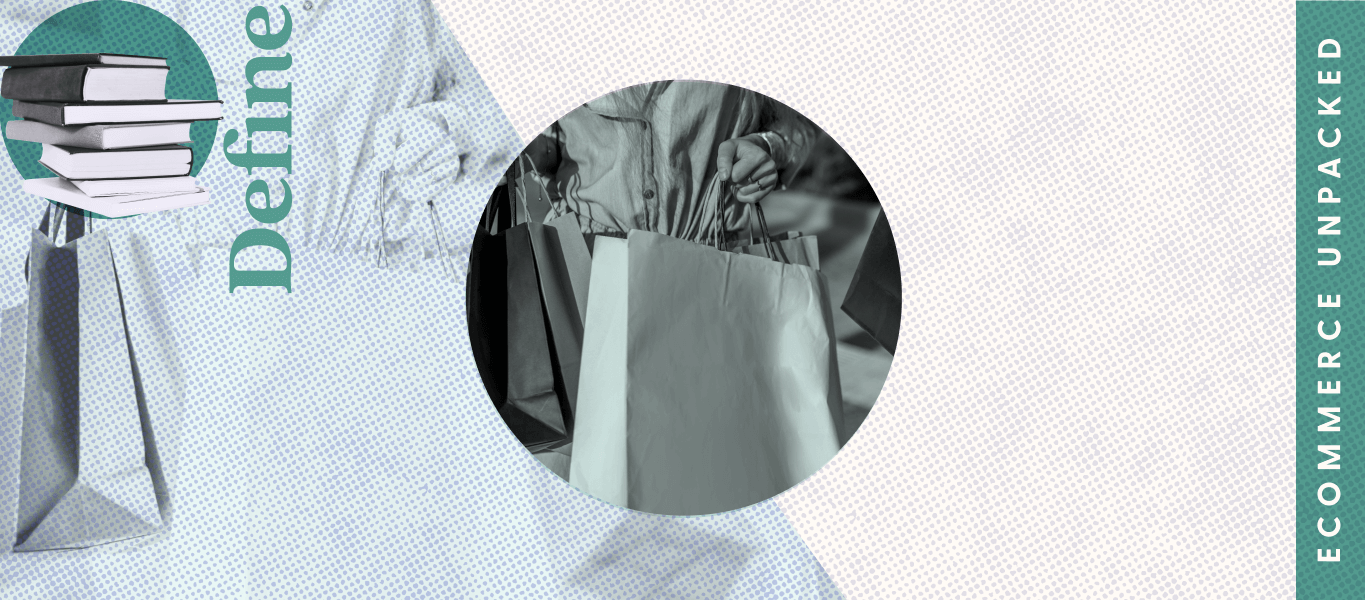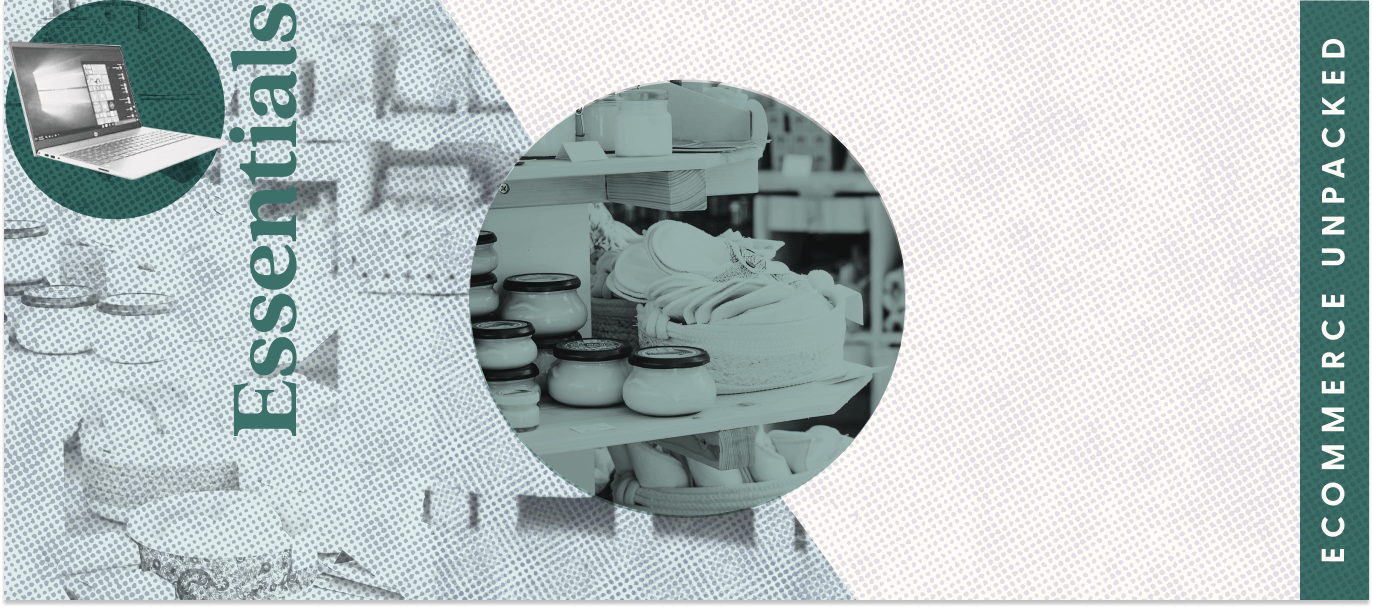How much would a potential customer pay for your product or service? You could answer this question with a dissertation involving production costs, overhead, and shipping fees. Or you could dig into perceived value.
Perceived value refers to your customer’s preconceived idea about the worth of your products and services. If you reframe your product as more desirable or functional, you could make it more attractive. And you could raise the price accordingly.
Consider caviar. In the late 1800s, saloons gave away the salty delicacy to sell more drinks. Now, it’s associated with high costs, wine drinking, and luxury. The product stayed the same, but the customer-perceived value changed.
Understanding this core marketing concept could help you charge the right price for your goods and services. Do it right, and you could prove to customers that your product is better than the competition, allowing you to attract more business.
Key takeaways
- Perceived value is determined by how much a potential customer believes your product or service is worth.
- Increasing the perceived value of a product can increase the effectiveness of marketing campaigns, justify higher prices, and boost sales.
- Tactics for increasing the perceived value of a product include generating social media buzz, pricing strategically, and creating exclusivity.
What is perceived value?
Perceived value is a measurement of a potential customer’s preconceived idea about your product or services. In essence, it’s a distillation of how much a customer is willing to pay for a certain product.
The perceived value of a product is based on a variety of factors, including:
- Product quality: Do you use quality raw materials? Are your design and production teams the best in class?
- Partnerships: Do you have a connection with another high-quality brand?
- Social proof: Have you sold enough of your product that consumers can hear about it from someone they trust?
- Testimonials: Do you have buyers willing to share exceptional experiences about your brand?
- Social media presence: Social media sites can boost customer perceived value if your products and services are shown in a flattering light. Do you create content like this? Do your customers?
This is a short list of factors. The Journal of Marketing shows others you could tap into.
Why does increased perceived value matter to brands?
A higher perceived value can help you to do the following:
- Conduct effective marketing campaigns: If you want to make your product seem luxurious, that goal could drive every marketing decision you make, from how you showcase your products to the channels you use.
- Set prices higher: When the perceived value of a product is high, your raw costs can become much more manageable. When you know what customers are willing to pay, you know what you can charge.
- Increase your profits: A targeted marketing campaign around a product with a high perceived cost can result in a higher conversion rate and bigger profits.
- Change course: Consider Louis Vuitton. The Wall Street Journal reports that the global brand increased handbag prices by about 7% in the midst of a global recession, betting that a higher price point would make the items seem rarer and more luxurious, and therefore more enticing. Raising prices in this manner is called “reframing,” and it can be a powerful way to associate your brand with luxury.
How perceived value impacts sales
If you’re hoping to reframe your product using perceived value techniques, plenty of opportunities exist. You could highlight your product’s:
- Functionality
- Desirability
- Exclusivity
- Connection
- Luxury pricing
Let’s dig into each one of these concepts.
Product functionality
Perceived value can rise when customers understand just how helpful or useful your product really is.
The team at Tesla understands this well. A base model of the electric car costs a little more than $47,000. But a fancier version of this car can hit 60 mph in less than two seconds, and owners can drive it for more than 600 miles without charging it. Prices start around $200,000.
Explain what your product can do in terms people can understand, and your customer perceived value can rise accordingly.
Product desirability
Shoppers spend more than $300 per month on impulse items, according to Slickdeals. They might buy yours if it seems desirable enough.
Your product’s desirability plays a big role in your perception of value. People are willing to pay more for something that seems deliciously interesting, even if they’re not sure they really need it right now.
Product exclusivity & availability
If your product is hard to find or somehow tied to exclusivity, it’s automatically associated with a higher perceived value. If it appears your product is so wonderful that everyone needs it, your future buyers may be willing to pay more to get it.
That said, exclusivity can be a double-edged sword. If your item sells out, customers might look for other versions that are readily available. The key is to ensure your product seems exclusive while still being available—a delicate balance that’s worth striving for.
Product connection
Products that create an emotional connection with buyers can also create positive perceived value. People are often willing to pay a higher price for something that makes them happy. They might be willing to pay even more to repeat that experience.
Product pricing
Customers love deals. Two-thirds of buyers have made a purchase based solely on a coupon or discount, RetailMeNot reports. That said, a higher price can increase perceived value.
Companies that never put their products on sale and who always charge a premium create the appearance of exclusivity and luxury. These companies imply that they don’t need to make deals. Some buyers may jump to ensure they don’t miss out.
When setting your pricing strategy, look closely at your target market and the competition. You could find a sweet spot that improves your perceived value.
5 tips to improve your product’s perceived value
Your perceived value is closely tied to your product’s price. The higher the value, the more you can charge. Here are some tactics for helping your customers feel like they’re getting a good deal, even when paying a premium.
1. Lean into social media
Many American adults spend at least part of every day interacting with social media sites like Instagram and Facebook.
Leaning into these tools can help you communicate directly with your customers. You can tell them about an item’s functionality and demonstrate its desirability, all while keeping it top of mind.
2. Strategize pricing
Your pricing strategy should always stem from target market research. Some potential customers can spend more than others. Some markets are saturated, while others are light.
Your products matter too. If you’re marketing a limited-edition product, you might be able to set a higher price. But if you’re selling an item that will be regularly available, you should price it accordingly.
3. Find social proof
Connecting with an influencer is a powerful way to boost your perceived value. Almost 40% of consumers trust influencers more than brands, CRM Essentials reports.
If your marketing budget is too small to pay an influencer, reach out to happy customers. Online product reviews and word-of-mouth testimonials can also help to boost your perceived value.
4. Reframe cost
While high prices are often associated with luxury and a high-value proposition, low prices can work in the opposite manner. Set your fees too low, and you may look like a bargain brand that makes cheap items.
Consider how your current price reflects the value of your products. You might find that raising prices boosts your profile.
5. Boost exclusivity
Customer perceived value can rise if a product is only available for a limited time or to a small subset of people. Exclusivity can spark fear of missing out, and some customers will buy to ensure that they’re part of a special group of insiders.
You could reduce the supply of an existing product, place a higher price on it, and call it exclusive. Or you could look for a way to change a current item to make it more special. Make a limited number of these special edition items and sell them at a high price to create and leverage exclusivity.
Increase perceived value & boost sales
When customers associate your brand with quality, exclusivity, value, and functionality, they’re more likely to buy. The more your value proposition rises, the more likely you are to close sales.
Pay close attention to your pricing strategy, ensuring that you’re using numbers that boost your perceived value. And tap into traditional and social media campaigns to give customers (and influencers) a chance to spread the word about your products.
FAQs about perceived value
What is the difference between the actual value and perceived value?
Your product’s actual value is a measurement of costs associated with manufacturing and profit. A perceived value is a measurement of what consumers think your product is worth and how much they’re willing to pay for it. This value could be closely tied to your actual value, or it could be much higher (or lower) depending on your brand and product attributes.
What is the perceived value theory?
In psychology, perceived value refers to a customer’s belief that a brand meets or exceeds expectations. It’s an emotional judgment call that consumers make, and it is possible to influence those judgments.
How do you measure customer perceived value?
Determine how much it costs to make and market your product. Add in how much you spend in overhead and how much you need to make in profit. This is your product’s base cost.
Now, dig into your market. How much do competitors charge for the same thing? Are there luxury versions of the product that cost more? How much do your add-ons also enhance the value of a product?
Some companies develop an intuitive sense of customer-perceived value. But others use trial and error. They set a price, watch sales, and adjust accordingly.
Sources
[1] Caviar History in America (Caviar Emporium)
[2] Consumer Perceptions of Price, Quality, and Value: A Means-End Model and Synthesis of Evidence (ournal of Marketing)
[3] LVMH, Other Luxury Brands Raise Prices, Betting Wealthy Customers Won't Mind (The Wall Street Journal)
[4] How Much Is a Tesla? Here's a Price Breakdown (Motortrend)
[6] New Study Shows Deals and Promotions Affect Every Part of the Shopping Experience (Inc.)
[7] A Review on Customer Perceived Value and Its Main Components (GATR Global Journal of Business Social Sciences Review)
[8] Social Media Fact Sheet (Pew Research Center)
[9] 37% of Consumers Trust Social Media Influencers Over Brands (Cision)



